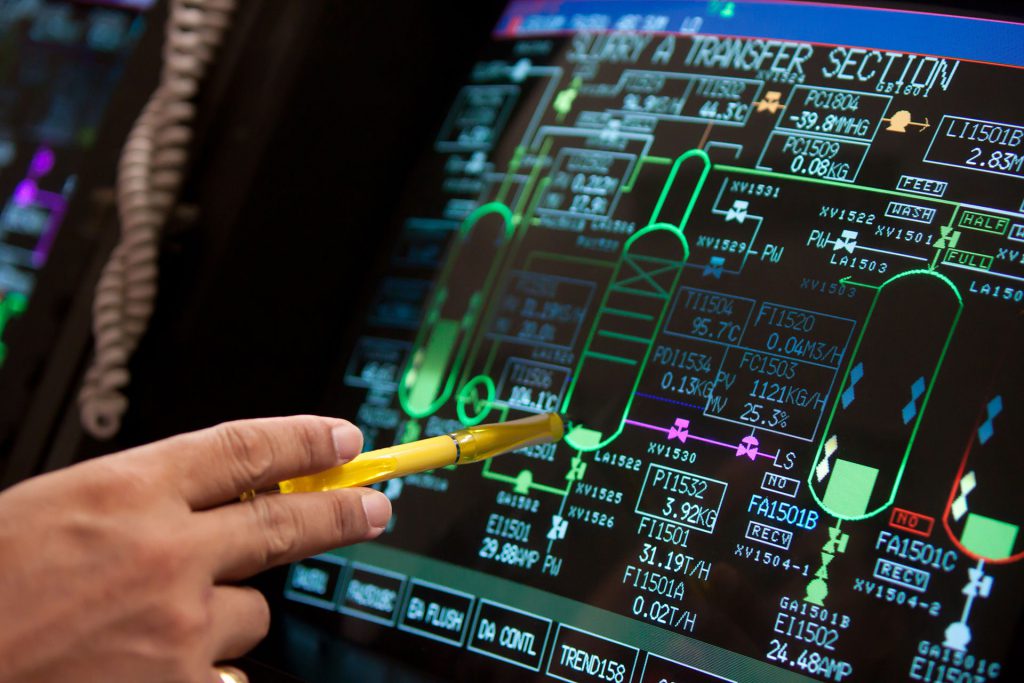
Getting “High Performance” Process Data From Your PIMS
The first step toward understanding and optimizing a manufacturing process is to collect and archive data about the process. Hopefully the system used to accomplish this is a “plant-wide” information system, or PIMS, which collects not just process data, but also quality information and laboratory results, and operations information such as upcoming orders and inventory. Collecting data and putting it in a historian is relatively easy, and most control system suppliers and some third party software vendors offer this capability. The real value of a PIMS is determined by how that collected data is organized, how it is retrieved, and what options are available to help you garner meaningful conclusions and results from the data.

Downtime Tracking: 5 Steps To Harness Your Data’s Potential
Equipment downtime is important to track because if the process isn’t running, you aren’t producing any product. When collecting downtime data, there are several keys to ensure you are producing useful information.

Human-Machine Interfaces For Process Industries
Operating and troubleshooting a modern automated manufacturing process requires seeing and acting on hundreds or thousands of individual pieces of data. Digital control systems and plant-wide information systems have given us the ability to bring all of the data regarding plant status and performance to a single location. The challenge then is to create effective visual displays that allow the consumers of this information to easily understand and interact with the data.

3 Key Benefits Of Plant Information Management Systems (PIMS)
When it comes to operating a manufacturing process of any kind, everyone will agree that it is beneficial to have a lot of data. However, simply collecting and storing data does not, by itself, yield measurable benefits. In order to take full advantage of the data, it needs to be organized, archived and then made available in a variety of formats throughout a facility.

Using Pareto Charts For Quality Control
The Pareto chart is a quality improvement tool that is based upon the Pareto principle, the principle that 80% of an outcome comes from 20% of its inputs. Vilfredo Pareto, an Italian engineer and economist, first observed the 80/20 rule in relation to population and wealth. At the beginning of the 20th century, Pareto noted that in Italy and several other European countries, 80% of the wealth was controlled by just 20% of the population.

Control Charts in Manufacturing Quality Control
Once a manufacturing process has been centerlined and is running relatively well, it is time to take the next step – measuring and tracking important product characteristics. One method of tracking involves the use of process control charts.

How To Centerline A Process
Consistent product quality is important because customers want to know what they can expect from the products they purchase. One way to ensure consistency is to inspect every product after it is made and either reject or accept it.

Implementing OEE: 6 Keys to Success
Yogi Berra once said, “If you don’t know where you are going, you might wind up someplace else.” This is stating the obvious but it is important to have a plan when implementing OEE. If you don’t spend time planning up front, you will pay for it down the road with extra time and effort or it could lead you down the wrong path with misleading OEE results.

How to Calculate OEE: Formulas For Peak Performance
Overall Equipment Effectiveness (OEE) is a manufacturing performance metric that is used to identify lost opportunities and measure improvement efforts. OEE combines downtime, speed, and quality losses into one metric to determine how much quality product is produced compared to how much should have been produced in a given time. Essentially, OEE measures the percentage of time that is actually productive. Calculating OEE is done by multiplying three factors together:

15 Manufacturing Acronyms You Should Know
Today it seems that acronyms are being created and assimilated into everyday language faster than ever before. We run into them at the workplace, home, sporting events, and on the news. Some have become so commonplace that it is difficult to remember their meaning and origin. Think: DVD, LED, IQ, and GMO.
